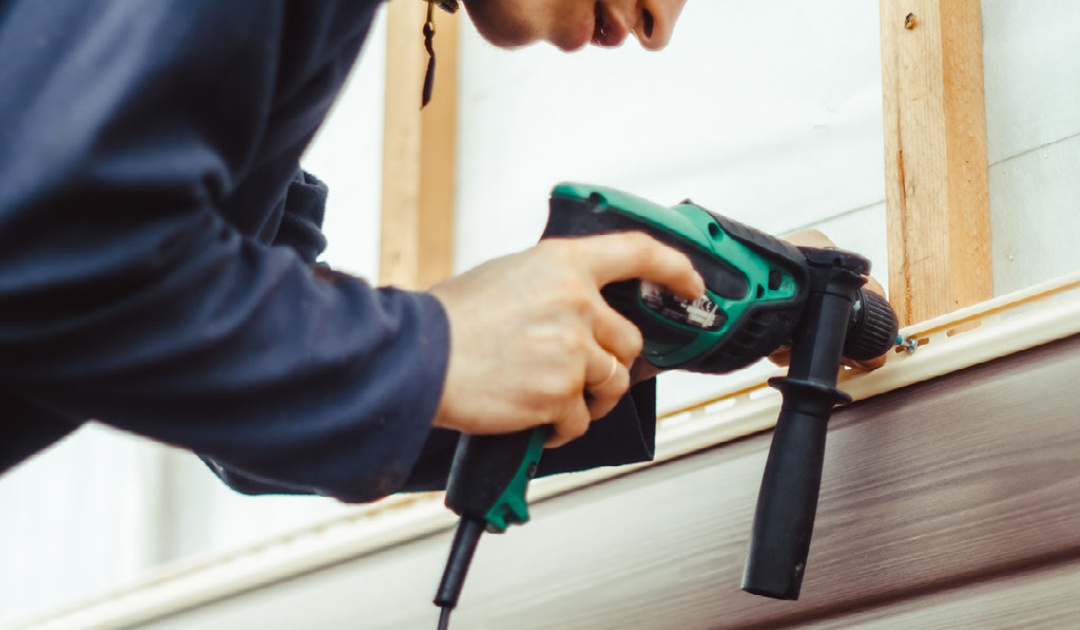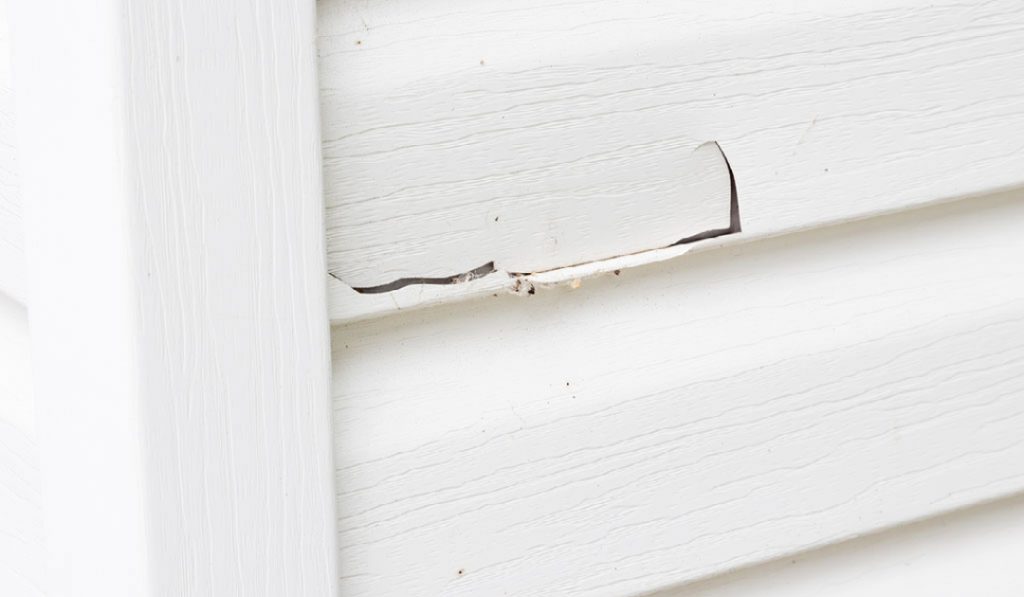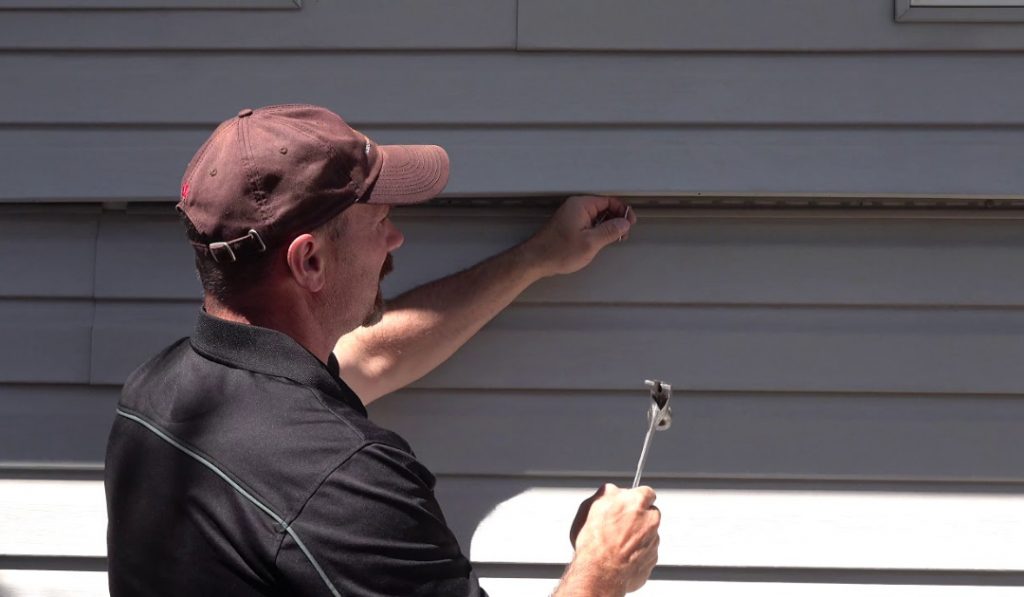Published on: July 11, 2022

Home and building owners tend to focus more heavily on indoor improvements, which is understandable since that’s what residents and customers see primarily. But failing to heed the signs of exterior wear and tear could lead to larger problems that are far costlier than siding replacement.
You see your siding every day. Maybe you’re outside walking the dog, playing with your kids or pruning the flower beds. So you probably aren’t looking all that closely to see if there are weaknesses that need attention. Learn how to spot siding problems before they become large issues.
If it’s been more than 20 years since your home was built or since you last replaced the siding, you should watch out for these 7 signs of wear that could indicate it’s time for siding replacement in Seattle.

Generally, these are the primary signs that homeowners are watching for when it comes to siding replacement and maintenance. And that’s understandable since these are the most obvious signs that it’s time for new siding.
But you want to look very closely. Even small cracks could be allowing moisture to get into the walls of your home. Take time to walk around your home and assess at least the parts of your siding that you can see without a ladder and special equipment.
If you have wood or imitation wood siding, look out for rot. This can start abruptly and spread quickly. It will make for weaker walls in your home if you don’t replace the siding as soon as possible.
Put some mild pressure on pieces of siding that you’re questioning. Do they give way with a little pressure? If so, you should call a professional. And if you’re seeing warping that is causing gaps in your siding, this is another big indicator that it’s time to do something about the issue.
A blister or bubble in your siding indicates that water has gotten below the surface. This tells you that you have a moisture problem. Siding is designed to prevent moisture from reaching your home. So if you have serious signs of moisture penetrating your siding’s surface, you should do something about it quickly.
It might be that you just need to replace a piece or two of the siding. Or it could be time to invest in whole-home siding replacement.
These substances grow where there is moisture. Sometimes it doesn’t mean a lot and you can just power wash the home and restore it to its original beauty. Other times, the mold, mildew or fungus has made its way to the seams and gotten behind your siding.
Before habitually pulling out your pressure washer, stop to look closely. Does it look like the growth is into the seams? If so, wait to do cleanup and bring out a professional to get a better look. A professional will be able to tell you if water is getting to your home.
High-quality siding should not fade to the point where you notice it during the siding’s 20-40 year lifespan. But if you’re seeing severe fading, that might be a clear indicator that the siding has been there long enough to wear down the weatherproofing layer.
Faded siding doesn’t always mean it’s time for a replacement. Sometimes it just means that the previous homeowner didn’t pick the highest quality siding or paint. But faded siding can be a first warning sign that your siding is weakening and you need to replace it.
Depending on what type of siding you have, it should last a minimum of 7 years and up to 10 years. If you’re repainting it every few years, the siding might simply be wearing out. That leads to more chips and pealing.
So if it feels like you can’t get the paint to look nice, it might not be the brand of paint you choose or how good of a painter you are. It might indicate that you need new siding to restore your home to its original beauty and provide you with a fresh start.
Energy companies offer you statistics about energy usage related to weather. So if the weather is the same this year as it was a few years ago but you’re seeing increases in energy consumption, that might indicate that your siding is deteriorating and not providing the same protection as it had been.
Of course, there could be other factors in your home’s energy bills, such as old windows that are drafty, issues with insulation, or poor management of keeping your home’s windows and doors closed to keep the cooled or heated air inside.
The older siding gets, the more challenging it is for the siding to insulate and protect your home. You’ll see it over time in your energy bills.
Insulated siding is the best way to improve your energy bills if you’re planning to replace your siding.
Hopefully, you detect your deteriorating siding long before moisture makes its way inside your home. But if you don’t, you’ll start to see the signs that it’s time for new siding based on peeling paint on your walls or wallpaper issues.
Peeling indoor paint generally tells you that you have a moisture problem. And at various times, you might even be able to feel the moisture in the walls. Seattle area homes require careful waterproofing since they have to stand up to rain year-round and often heavy storms.
Most contractors will not charge you to come out to your home and look at your siding to provide an assessment of whether it’s time for new siding. So if you see any of these signs in your siding, it’s time to call a contractor to get their professional opinion.
2FL Windows, Siding and Roofing is highly respected and will look out for your best interests when evaluating the status of your siding. For a team who won’t use pushy sales tactics or confusing jargon, contact us to schedule your free in-home estimate.
Learn more about siding replacement and top considerations from these commonly asked questions.

If you’re a handy person and have a zip tool, you can likely replace a piece of siding. However, if you don’t know what you’re doing, replacing siding without a professional could leave your home vulnerable to moisture damage. Before proceeding, read up on how to replace vinyl siding.
Siding lasts 20-40 years depending on the type of siding you have, the weather conditions it has withstood, how well it is maintained and the original level of quality of the siding.
If you have siding that is allowing moisture to reach your walls or is otherwise damaged, yes, replacing siding is always worth it. As far as resale value goes, Remodeling Magazine’s 2018 Cost. Vs. Value Report found that siding replacement has a 76.7% ROI.
Further Reading:
Comments are closed.

Read the latest articles about siding.

[…] this fungus begins growing on your home’s siding, you’ll need to replace the siding to resolve the issue. If you choose to replace the pieces of affected siding, make sure you switch […]
[…] home and when the last replacement for the siding took place to better understand how impactful a siding replacement project might be for your […]
[…] the only way to reduce your energy bills and protect our natural resources, but if it’s time to replace your siding, evaluating a siding type based on its energy use will help you look at the total cost of the […]
[…] 7 Obvious Signs It’s Time for Siding Replacement in Seattle […]
[…] is a popular design style and you can get that look on your home with Dolly Varden siding replacement. This type of siding uses classic tongue and groove paneling for a strong seal and easy […]
[…] that it is pest-prone. And once pests infiltrate your siding, you won’t have long before a full siding replacement is […]
[…] many exterior home services. We can upgrade your siding and gutters at once to ensure your new siding has the protection it needs to look incredible at all […]